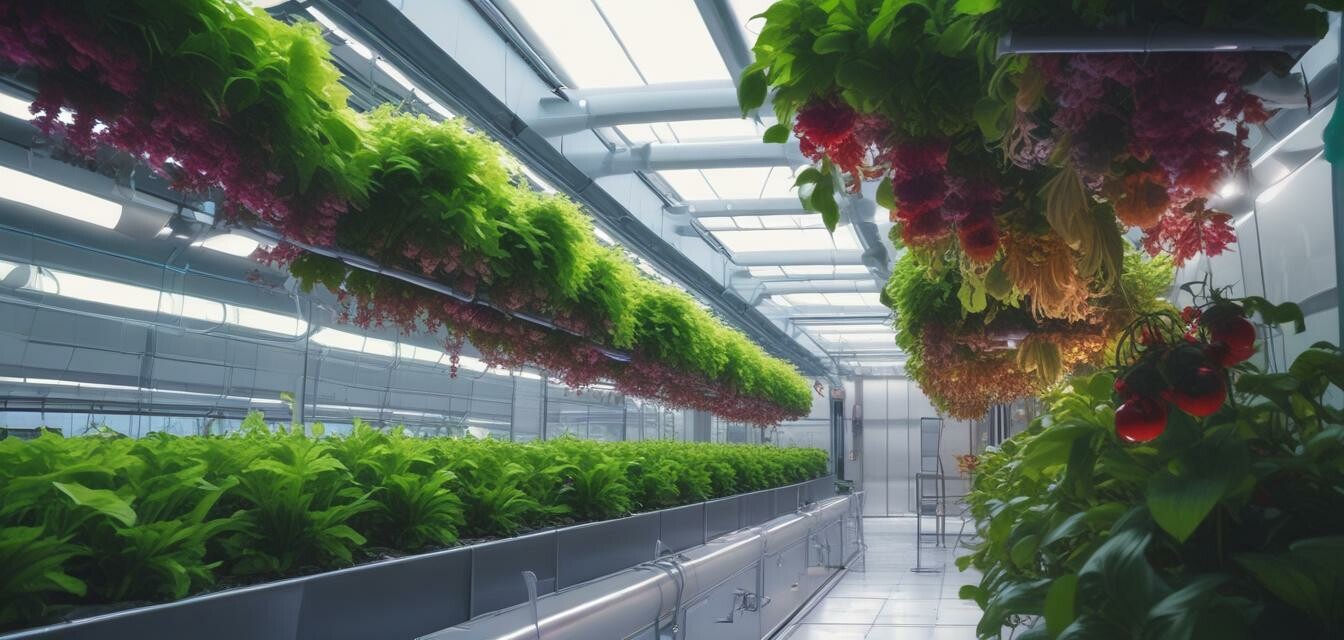
The Future of Hydroponic Technology
- Hydroponics is evolving with cutting-edge technologies.
- Automation and advanced monitoring play key roles in future systems.
- Sustainable methods are becoming increasingly important.
- Integration of AI and IoT can optimize plant growth.
- Future trends indicate a shift toward urban farming solutions.
As we dive into the 21st century, hydroponic gardening is on the brink of a technological revolution. From automation to advanced monitoring systems, various innovations are reshaping how urban gardens and commercial farms function. This article explores these upcoming technologies and examines the trends influencing the future of hydroponic gardening.
Technological Advancements in Hydroponics
Hydroponics has come a long way since its inception. With technology rapidly advancing, several key areas are emerging as significant players in shaping the future:
1. Automation in Hydroponics
Automation is one of the most exciting developments in hydroponic systems. The following are the main benefits of automation:
- Consistent monitoring of nutrient levels
- Optimized light cycles
- Improved water management
- Reduction of labor costs
2. Advanced Monitoring Systems
These are crucial for maintaining optimal growing conditions. Key features include:
| Feature | Description |
|---|---|
| pH Sensors | Monitor and adjust pH levels in real-time. |
| Nutrient Sensors | Ensure nutrient solution is at optimal levels. |
| Temperature and Humidity Sensors | Maintain ideal growth conditions automatically. |
3. The Role of Artificial Intelligence (AI)
AI technologies can revolutionize hydroponic systems:
- Data analytics for better decision-making
- Predictive modeling for planting schedules
- Improved pest and disease management
Trends to Watch in Hydroponics
Understanding the trends shaping the future of hydroponics is crucial for both home gardeners and commercial growers. Here are some significant trends to consider:
1. Urban, Soil-less Farming
As urban areas continue to grow, so does the need for sustainable food sources. Hydroponics offers an efficient solution for small spaces.
2. Sustainable Practices
More focus is now placed on sustainable growth methods, including:
- Closed-loop systems that recycle water
- Organic nutrient solutions
- Energy-efficient lighting technologies
3. Integration of Internet of Things (IoT)
The IoT allows for smart devices to communicate and share data, making the following possible:
Pros
- Real-time data collection
- Remote system management
- Increased efficiency
Cons
- Need for technical knowledge
- Initial setup costs may be high
Conclusion: Embracing the Future of Hydroponics
The landscape of hydroponic gardening is changing rapidly, thanks to these technological advancements. By adopting automation, advanced monitoring systems, and sustainable practices, both individuals and businesses can maximize yields and reduce resource consumption. The future looks promising for hydroponics as it continues to evolve toward a more efficient and profitable model.
Further Reading
For more insights into hydroponics, consider exploring some of our related articles:

